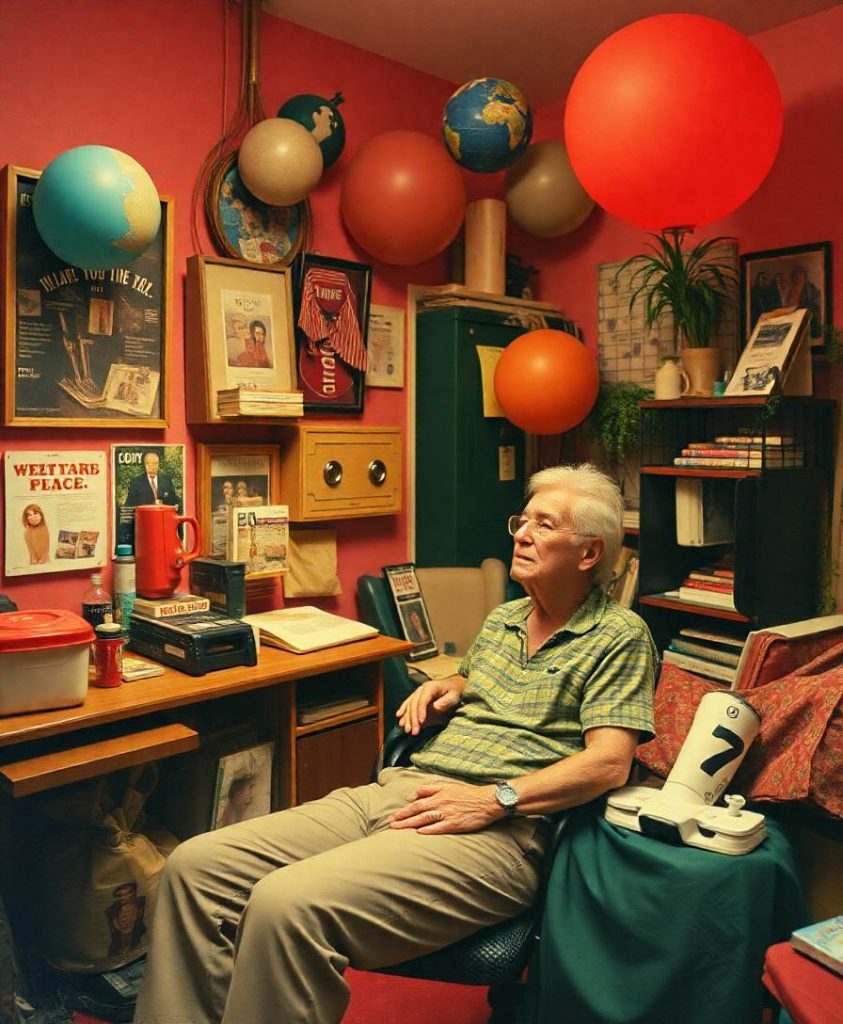Imagine holding your baby in your arms and whispering a new word for something they’ve never seen before — maybe a tiny, unfamiliar gadget or a quirky toy. You see their little eyes flicker with curiosity, a sudden spark of understanding. That moment, where language begins to shape their world, is nothing short of miraculous. It’s as if their brain starts weaving invisible threads between what they hear and what they will come to know, even if their eyes haven’t yet encountered the object directly.
It’s incredible to think that by around 15 months, infants are not just passively soaking up sounds; they are actively making mental connections. They can learn the names of objects from just listening — even when those objects are hidden from view. The discovery that infants can identify objects they’ve only heard about, despite not having seen them, marks a significant step in understanding how language and cognition develop hand in hand.
How Babies Use Language to Build Their Inner Map of the World
For many parents, it’s a familiar scene: a baby babbling, pointing, and sometimes seeming to understand far more than they can say. But this new research reveals something deeper. It shows that infants begin to develop a mental map of language’s power to refer to things outside their immediate sight — a skill that lays the groundwork for more complex learning later on.
Think of it as a kind of invisible bridge. When your baby hears the word “ball,” they’re not just hearing a sound — they’re starting to form a mental association that links the spoken word to a concept of an object, even if it’s hidden behind a curtain or in another room. This ability to connect language to unseen objects demonstrates a remarkable level of cognitive sophistication at such a tender age.
It’s a reminder that language isn’t just about words; it’s about expanding the boundaries of what infants understand about their environment. Their brains are growing increasingly adept at listening, processing, and associating, even in the absence of visual cues. That’s how they begin to anticipate and understand the world in a richer, more nuanced way.
Why This Matters for How We Support Our Little Learners
For parents, caregivers, and educators, this insight encourages a gentle shift in how we interact with babies. It emphasizes the importance of talking to infants about objects and concepts, not just what’s immediately visible. Narrating their environment, even when they’re not looking directly at something, helps strengthen their ability to connect words with the hidden parts of their world.
Imagine narrating a toy box: “Now, I’m going to put the teddy bear in the box. Can you hear the soft plush sound? When you see the teddy bear, you’ll remember the word ‘teddy’ and know what it is, even if it’s hiding.” These simple exchanges are building blocks for their future vocabulary and understanding.
Supporting this process involves more than just naming objects. It’s about creating a language-rich environment where your little one feels safe to explore and listen. When a child hears words consistently used in context, even for unseen objects, they start to develop a mental blueprint that links language with experience — a vital step toward independent thinking and learning.

Growing Minds, Hidden and Visible
This research invites us to reflect on how early language shapes perception and understanding. By 15 months, infants are beginning to see that words are more than sounds; they are keys to unlocking unseen worlds. When your child recognizes an object from just hearing its name, even if it’s behind a barrier, they’re demonstrating a mastery of language that is both delicate and profound.
It’s a gentle reminder to nurture their curiosity with words, to talk about what’s hidden and what’s seen, and to celebrate those tiny moments of realization that mark their journey from sound recognition to meaningful understanding.
Learn More: By 15 months, infants begin to learn new words for objects, even those they’ve never seen
Abstract: A new study by developmental scientists offers the first evidence that infants as young as 15 months can identify an object they have learned about from listening to language — even if the object remains hidden.
Link: Read Full Article (External Site)



